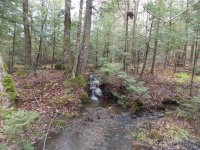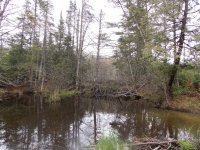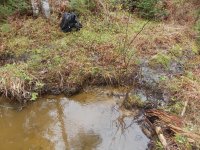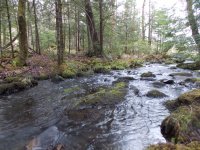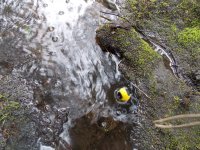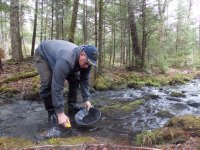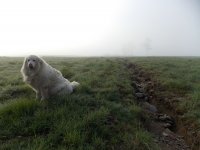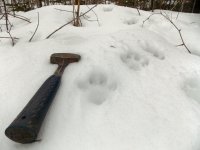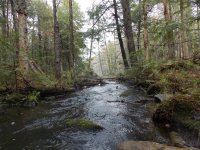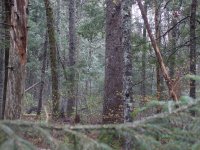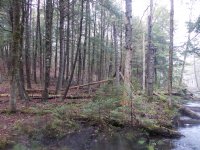- Thread starter
- #201
I had mineral "trespass" once however.
Years ago I was down to my gravel pit and noticed that about a hundred yards of sand had been taken. I had an idea who it was that took it, but did not know for sure. My ex-wife at the time, she was all belligerent about it, but I said they would pay up in time, and waited.
Three months goes by, and then we get a check in the mail, and it happened to be the guy who I thought had taken it. No harm, no foul. Its been sitting there for thousands of years since the glaciers pushed it around, so why should I be in a hurry to get paid once its moved a bit more? (LOL)
Here, it sometimes takes people some time to square up, but they eventually do.
Years ago I was down to my gravel pit and noticed that about a hundred yards of sand had been taken. I had an idea who it was that took it, but did not know for sure. My ex-wife at the time, she was all belligerent about it, but I said they would pay up in time, and waited.
Three months goes by, and then we get a check in the mail, and it happened to be the guy who I thought had taken it. No harm, no foul. Its been sitting there for thousands of years since the glaciers pushed it around, so why should I be in a hurry to get paid once its moved a bit more? (LOL)
Here, it sometimes takes people some time to square up, but they eventually do.


